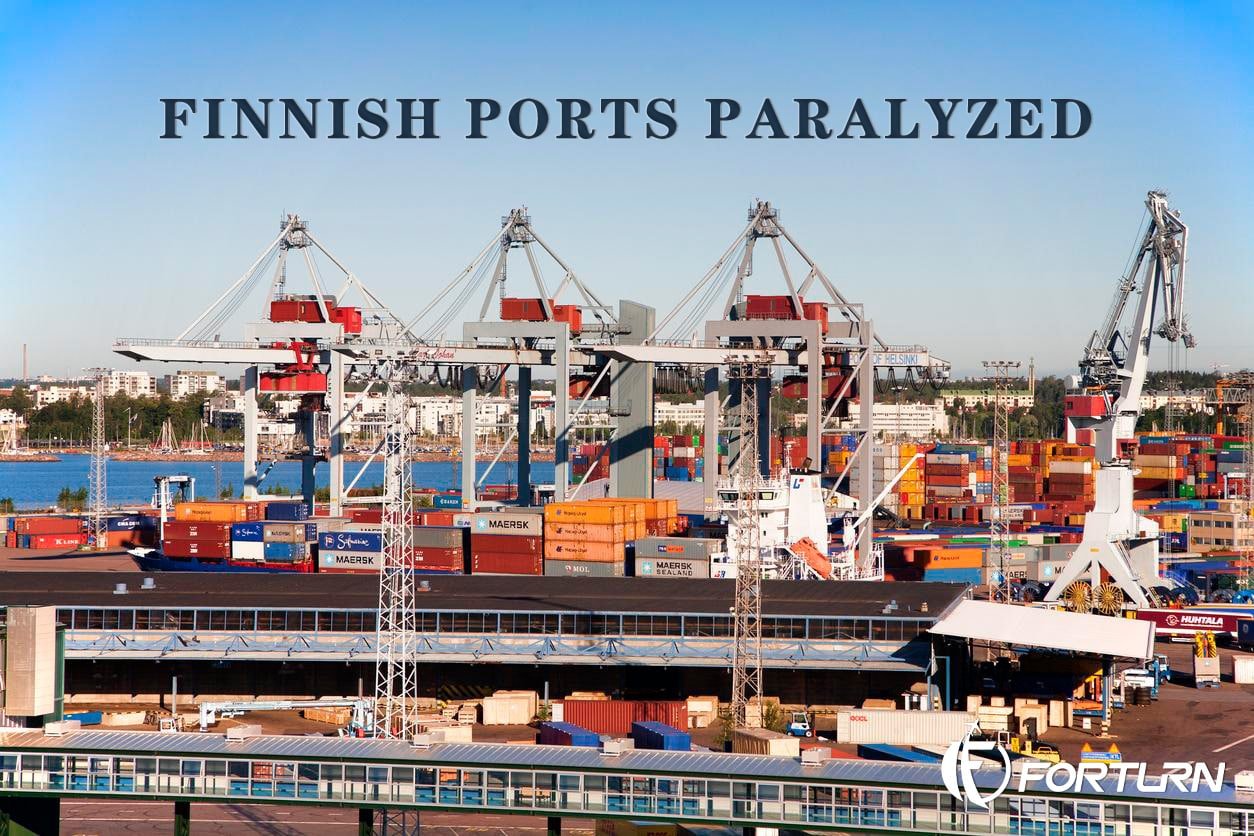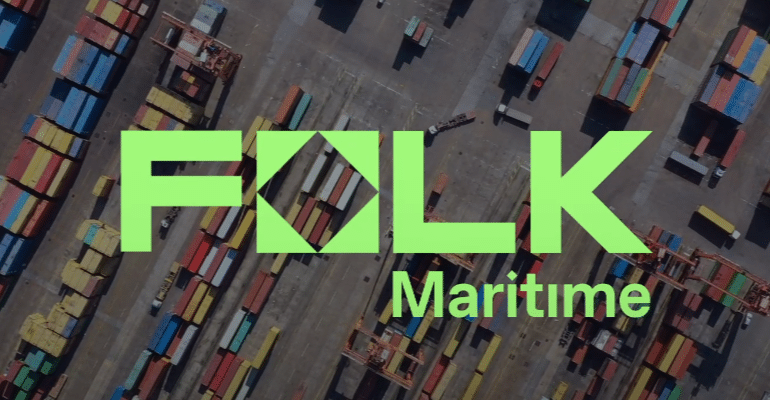Since the beginning of this year, strong inflation has driven the US economy into a slump, people’s consumption level has been declining, and news of layoffs in all walks of life has emerged one after another. U.S. companies have announced 133,211 layoffs so far this year, according to the Gray & Christmas report.
Since June, the wave of layoffs by U.S. technology companies has attracted worldwide attention.
1. The retail and logistics industries suffer one after another under the “wave of layoffs”
Walmart cuts 200 corporate employees on Aug. 3 after lowering its profit forecast last week. The layoffs include merchandising, a global technology, and real estate.
Similarly, recently, The U.S. Postal Service (USPS) plans to reduce its headcount by 50,000 over the next few years in a bid to “break-even”. Under high inflation, even USPS, which is backed by government finances, has difficulty maintaining profitability. Naturally, many other private companies have also fallen into the dilemma of expanding losses and declining profits.
2. The financial reports of giants are worrying, and the industry is “cooling down”
Since July, major e-commerce giants have successively released financial reports for the second quarter, and losses have become the norm this quarter.
Amazon’s second-quarter net sales were $121.234 billion, up 7% year over year. Although sales were higher than expected, the loss was as high as $2.028 billion, compared with a net income of $7.778 billion in the same period last year, which was Amazon’s second consecutive quarterly loss in seven years.

Shopify’s revenue in the second quarter was $1.3 billion and below expectations of $1.33 billion; its net loss was $1.204 billion, compared with a net profit of $879 million in the same period last year.
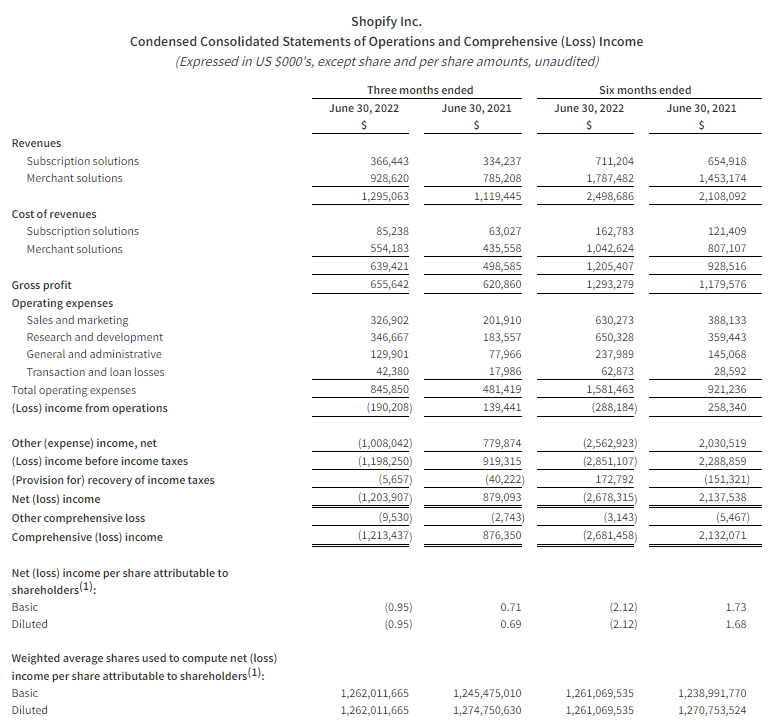
eBay’s financial report shows that the company’s second-quarter net revenue was $2.422 billion, down 9% year-on-year; the number of active buyers was 138 million, down 12% from 156 million in the same period last year. Under U.S. accounting standards, the net loss was $536 million, compared with a profit of $294 million a year earlier.
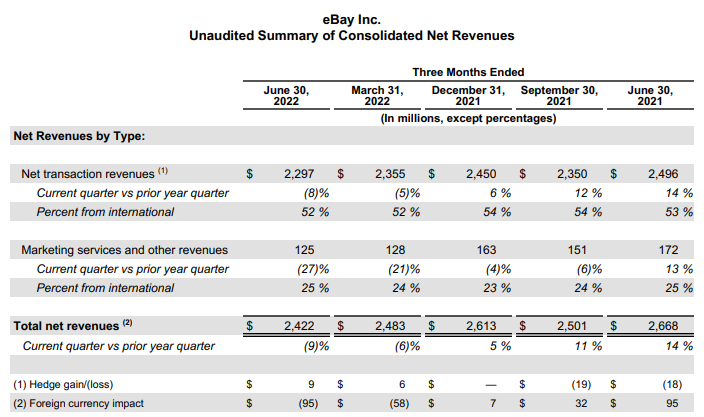
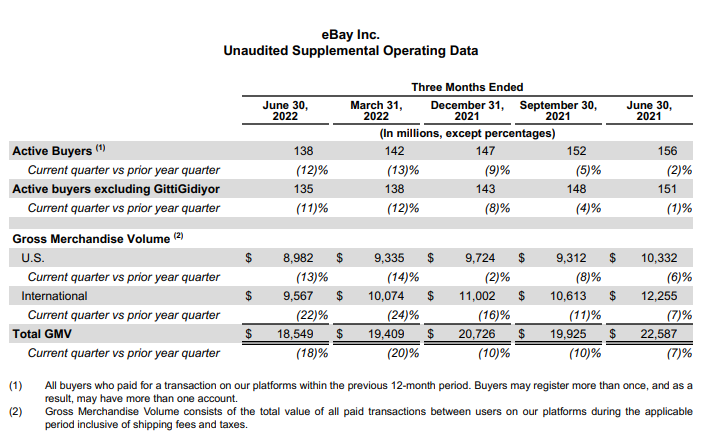
It can be seen that the growth rate of global e-commerce has slowed down after experiencing the ups and downs since COVID=19. According to the latest data from eMarketer, the annual growth rate of global e-commerce sales has always exceed 20% until 2021. In 2021, the growth rate will drop to 17.1%, and it is expected to grow by only 9.7% this year.
As more retailers and other businesses are affected by the economic slowdown, their decision to lay off workers may further worsen the economy and affect consumer confidence. So cross-border sellers need to adapt to the environment of slowing growth and make strategic adjustments in a timely manner.





